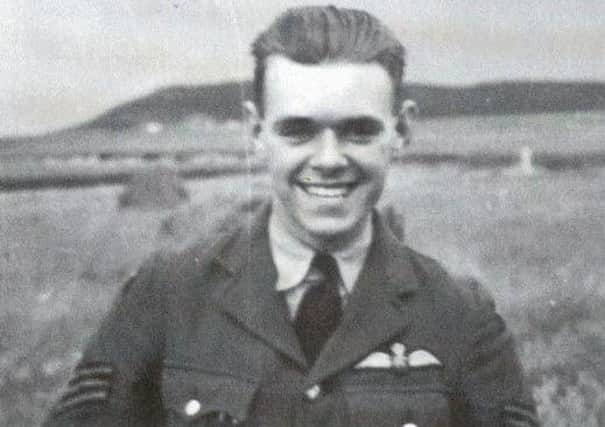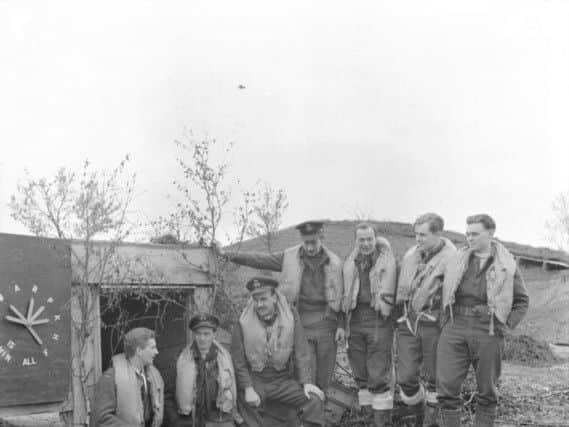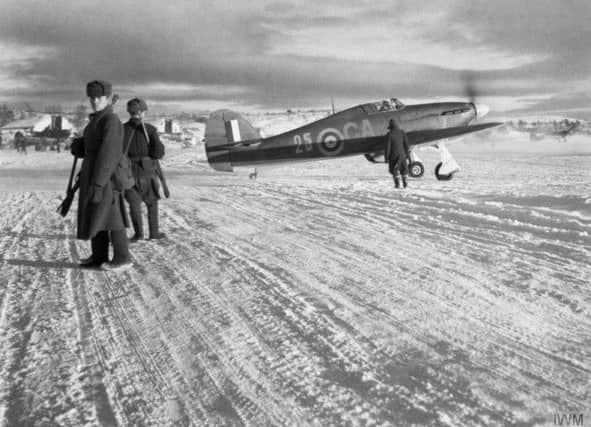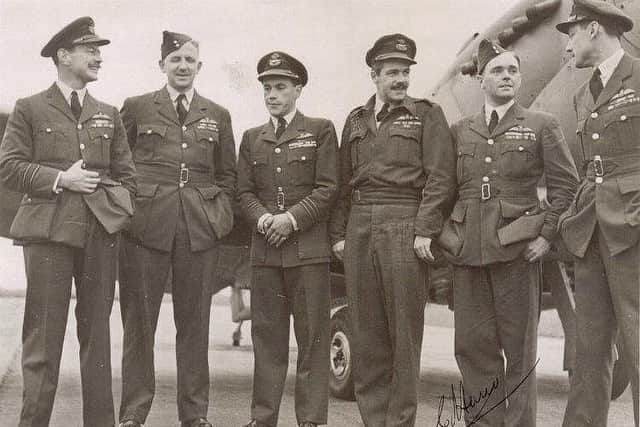Tangmere's medal winning, piano playing wartime Wag
This article contains affiliate links. We may earn a small commission on items purchased through this article, but that does not affect our editorial judgement.


While working as an apprentice lithographer in Leeds, he joined the RAF Volunteer Reserve and, after pilot training, was posted in May 1940 to No 504 (County of Nottingham) Squadron, an auxiliary Hurricane squadron based at Wick in Scotland. He soon made himself popular with members of the squadron with his piano playing at squadron parties.
In early September 1940, No 504 was ordered south where Haw destroyed a Bf 110 fighter aircraft before being shot down himself over Bristol. He bailed out and survived.
Advertisement
Hide AdAdvertisement
Hide AdHaw’s squadron flight in 504 provided the nucleus of the newly formed No 81 Squadron which in July 1941 was dispatched to Russia with No 134 Squadron to protect the ports of Murmansk and Archangel and to teach Soviet pilots and ground crew to fly and maintain Hurricanes.


Flight Sergeant Haw’s Hurricane and 23 others were shipped Murmansk in the small and elderly aircraft carrier HMS Argus, from which they flew off to Vaenga airfield on August 25.
Initially the Hurricane’s suffered engine problems due to the lower octane Russian fuel but this was quickly overcome by the addition of a catalyst. The two RAF squadrons went on to achieve 15 confirmed victories.
Haw shot down three Bf 109s, giving him the highest individual score. In accordance with Red Air Force practice he received 100 roubles (about £30) for each aircraft destroyed. He was only one of four RAF pilots to be awarded the Order of Lenin.
Advertisement
Hide AdAdvertisement
Hide AdOn his return to England in December 1941 he was commissioned and in May 1942 was posted to No 222 Spitfire Squadron at Hornchurch, Essex. In February 1943 he was promoted squadron leader and assumed command of No 611 at Biggin Hill and then No 129, a Hornchurch based squadron.


In April 1944 the squadron flew to Coolham, an Advanced Landing Ground north of Storrington, Sussex to join two Polish Mustang III equipped squadrons working up for D-Day. Wag’s squadron converted to the Mustang and throughout May all three squadrons escorted bombing missions and carried out deep offensive penetrations into occupied Europe.
On June 6 (D-Day) Coolham’s Mustangs were not called upon until the evening when they escorted the second wave of aircraft tugs and gliders bound for Normandy.
While operating with the Polish, Wag’s Order of Lenin medal almost got him into trouble one evening when a drunken Polish flight lieutenant, itching for a flight, beckoned him to: “Come here, my Russian Sir”.
The Polish pilot was dragged away and posted next day.


Advertisement
Hide AdAdvertisement
Hide AdAfter the war, Wag remained in the RAF and served with the Central Fighter Establishment at RAF Tangmere. In 1946 he assumed command of a de Havilland Hornet squadron but in 1951 he lost his flying category due to deteriorating eye sight and retired from the RAF.
However, he soon returned to Sussex and became the landlord of the Blacksmith’s Arms at Adversane near Pulborough from 1952 until 1958.
In addition to the Order of Lenin, Squadron Leader Charlton ‘Wag’ Haw was awarded the Distinguished Flying Medal in 1942, the Distinguished Flying Cross in 1944 and the Russian Victory Medal, received in Moscow in1985.
He died in November 1993.
This article is the 39th in a series of monthly articles on the people of RAF Tangmere. More information on the museum, including opening times and entry prices can be found at www.tangmere-museum.org.uk
Advertisement
Hide AdAdvertisement
Hide AdDon’t miss out on all the latest breaking news where you live.
Here are four ways you can be sure you’ll be amongst the first to know what’s going on.
1) Make our website your homepage at www.chichester.co.uk/
2) Like our Facebook page at www.facebook.com/ChichesterObserver
3) Follow us on Twitter @Chiobserver
4) Register with us by clicking on ‘sign in’ (top right corner). You can then receive our daily newsletter AND add your point of view to stories that you read here.
And do share with your family and friends - so they don’t miss out!
The Chichester Observer - always the first with your local news.
Be part of it.